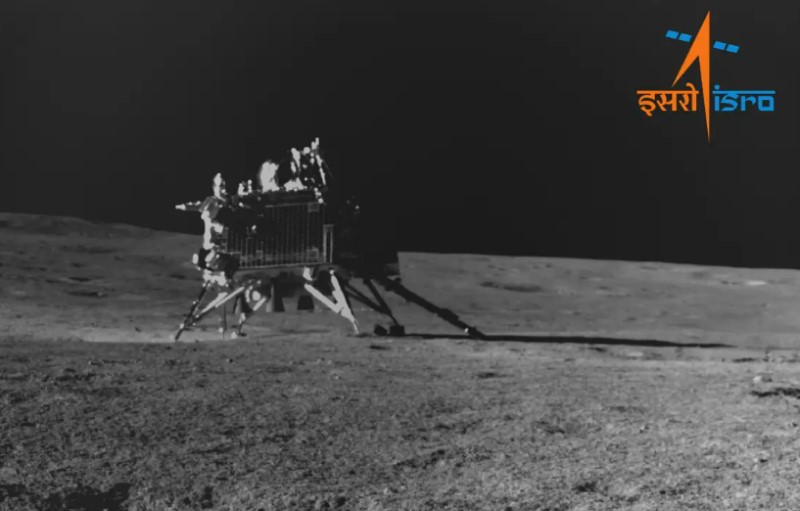Do you have a backyard? Is it wide? Narrow? Full of grass? A garden? Rocks? A shed? Do you ever like to grab a shovel and just see what you can find?
That's sort of what the Hill family of Lehi, Utah did last September, and what they discovered was truly exceptional. There, under a sandbank in their backyard was a fossil—an extinct species of ancient horse dating back around 16,000 years.
That's a bit more interesting than finding that old toy dump truck you thought you lost! And just in case you're having trouble picturing exactly how normal (and, therefore, strange for a fossil) a place the Hill's backyard is, take a look at this local CBS news video.
Call the experts
The Hills initially thought that the bones might have belonged to a cow. After all, their home was built on what was once farmland. But Laura Hill wisely thought twice and called an expert from the nearby Museum of Ancient Life for advice. That expert is a paleontologist named Rick Hunter. That was him in the ball cap and white beard in the Hills' backyard.
Hunter says that the ancient horse was about the size of a Shetland pony. It would've lived between 14,000 and 16,000 years ago, which is during the Pleistocene Era, also known as the last Ice Age. And as you might guess, he was thrilled by this discovery.
Hoof is it?
Of course, it is going to take a little more time to discover exactly what species this was. Hunter and other experts are nearly positive that it belonged to a genus, or group, of ancient horse known as Haringtonhippus. These were a type of stilt-legged horse that have no modern relatives and whose fossils have only been discovered in North America. Is this fossil a known species of Haringtonhippus, or another one entirely?
Either way, Hunter plans to name it 'Hill Horse' in honour of the Hill family. Just goes to show, you never really know what's in your own backyard!
Contest alert

Don't miss the Science Odyssey Family Contest. Click HERE TO ENTER.
Science Odyssey is a 10-day, Canada-wide celebration of all things science, technology, engineering, and math (STEM).
 The fossil discovered is likely related to the Haringtonhippus francisci, illustrated here. (Jorge Blanco)
The fossil discovered is likely related to the Haringtonhippus francisci, illustrated here. (Jorge Blanco)










?